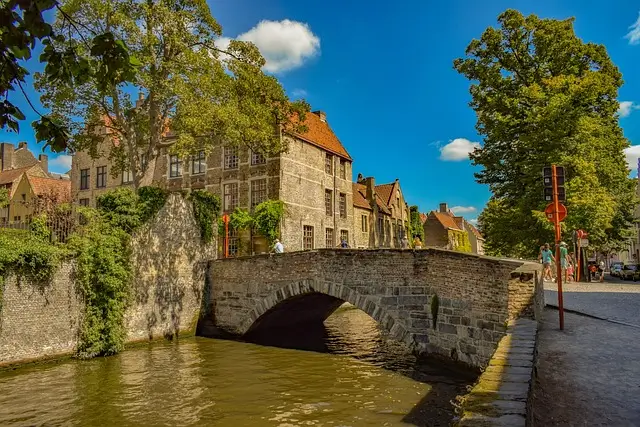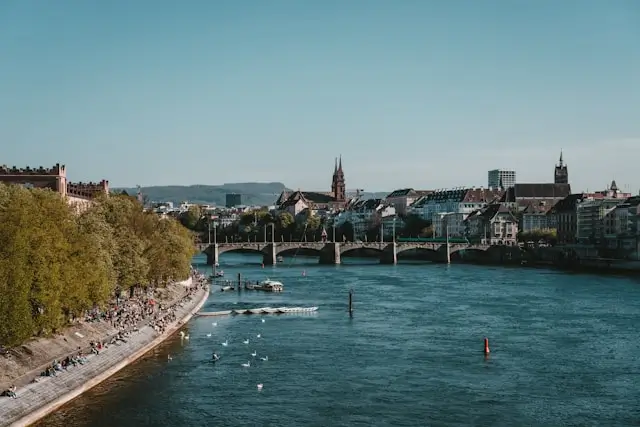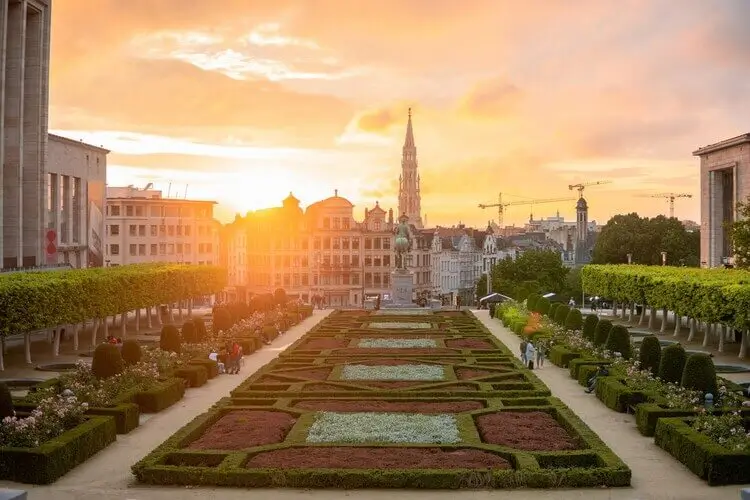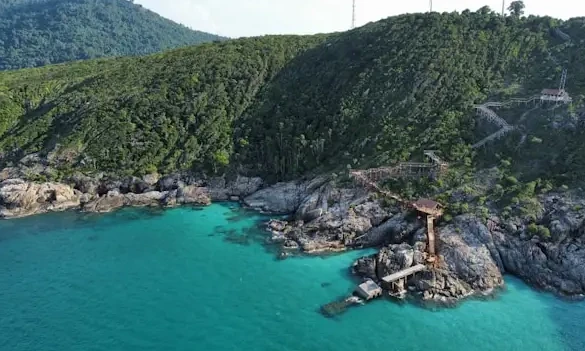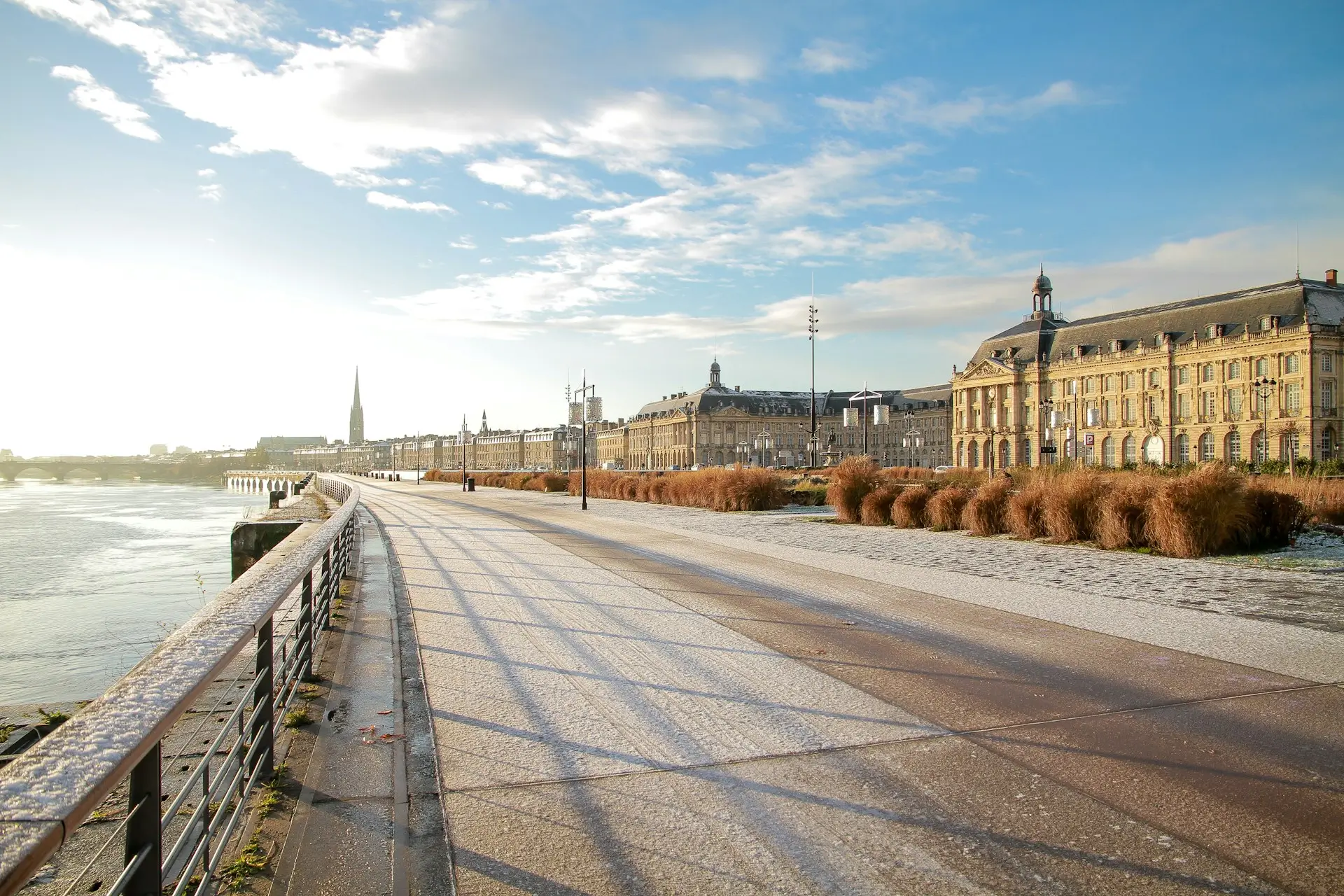Our 9 Captivating Secrets to Uncover the History of a Place during Your Journey
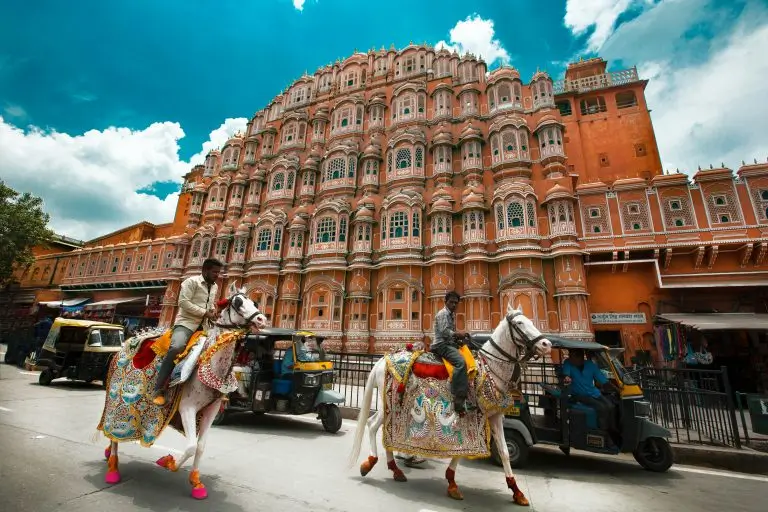 Uncover the History of a Place during Your Journey
Uncover the History of a Place during Your JourneyHave you ever been in a new place, and wondered what the lives, battles and celebrations have been in centuries past? All destinations hold secrets in the walls that bore them, spoken through their streets and chiseled into their landmarks.
These tales nevertheless tend to be overlooked by travellers whizzing from one photo opportunity to another. If you know the history of a place you will find a new dimension to your journey, it is like searching for the past.
Whether it’s walking through the old city or a little village with its hidden charme, a city’s history will make your trip richer and more meaningful.
But where do you start? The good news is you don’t need to be a historian to bring the past to life. In this article, we’ll share nine fascinating secrets to finding the history of any place you visit that will transform your travels into stories you won’t forget.
9 Secrets to Uncover the History of a Place
Are you curious about how to dig up the hidden stories of your destination? An exciting journey into the past can be guided by these nine secrets. Each tip will help you connect with locals, discover landmarks and legends of the destination effortlessly.
Engage with Locals and Elders
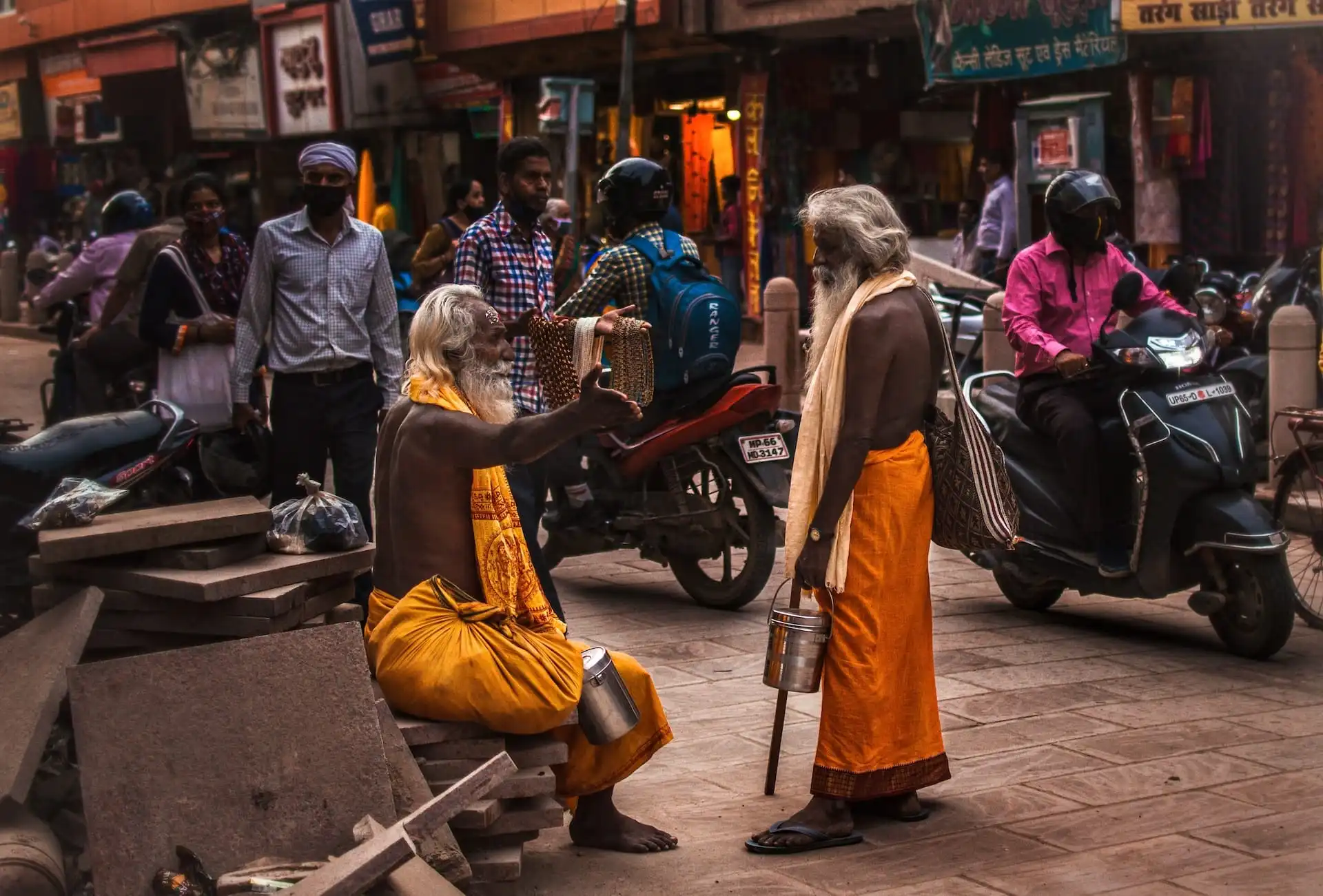 Interact with locals while traveling
Interact with locals while travelingTalking to people who live in a place is one of the best ways to find out a place’s history. Locals, especially elders, often have rich stories about their past that you will not find in books and museums. They can tell first hand stories, family traditions, and local legends that really come alive at a destination.
Don’t be afraid to ask locals open-ended questions about the history of the area, festivals and traditions. These conversations are a personal touch to your journey, whether it’s a chat with a shopkeeper, fellow traveler, or a town elder, it helps you see the cultural context of the landmarks you’re seeing.
Pro Tip: Interact with locals with genuine curiosity and respect. If you’re friendly, people will often start to talk to you about their community’s history.
Explore Historical Landmarks and Museums
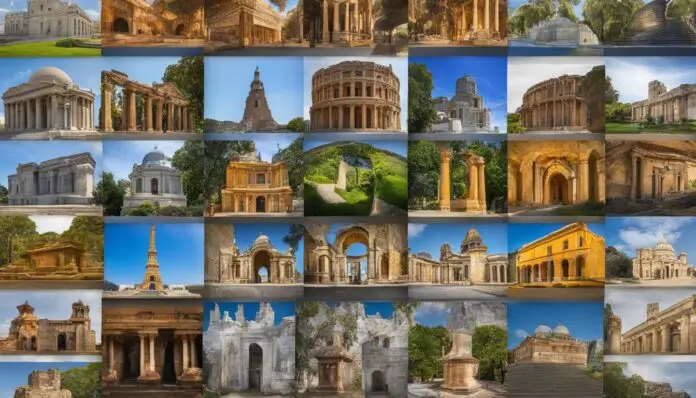 Explore Historical Landmarks and Museums
Explore Historical Landmarks and MuseumsSome of the first places to go when you want to discover the past of a destination are historical landmarks. These places are whether it’s an ancient castle, a battle site, or a beautiful temple. These places have their stories of civilizations that used to be flourishing in their times. These landmarks are complemented with museums that display artefacts, paintings and other relics that make up the back story of a place.
Guided tours are offered by many museums, and offer a wealth of knowledge that can bring the exhibits to life themselves. However, information shown at historical sites even without a guide can arouse curiosity and incite questions. Landmarks and museums together provide something that brings travellers into the past, hands on.
Pro Tip: Don’t saunter through the museums or the landmarks. Read the plaques and observe the little things, they’re often clues to a larger historic picture.
Visit Libraries and Local Archives
 Visit Libraries and Local Archives
Visit Libraries and Local ArchivesHistory lovers love libraries and archives. Historical documents, maps, and photographs fill these often overlooked resources and give you a new perspective on the past. You can visit a local library and get access to records, diaries or stories that have been handed down from generation to generation. And some archives with rare, unpublished materials may only have them in their collection.
Looking deep into these historical records will reveal a place’s forgotten stories and help you understand how it’s changed. Additionally, many libraries sponsor free tours or have local experts who will show you to the most valuable library resources.
Pro Tip: If you need some help finding those rare or unique resources, don’t hesitate to ask the librarian. And they’re often happy to share hidden gems that aren’t necessarily obvious.
Join Historical Walking Tours
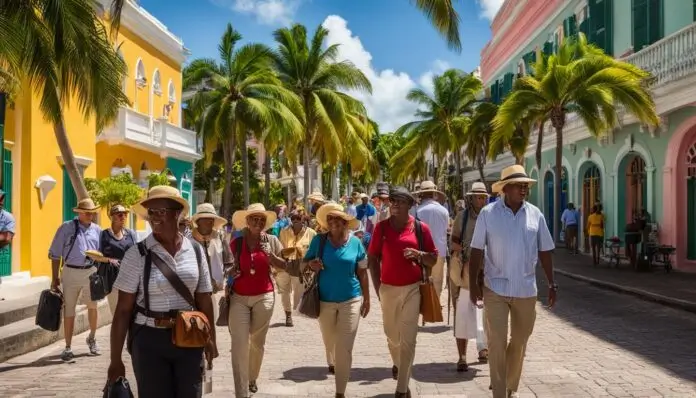 Taking a walking tour
Taking a walking tourTaking a walking tour is one of the most enjoyable ways to know more about a place’s history. Usually these tours are guided by knowledgeable guides who tell captivating stories weaving the past. While you walk the streets, your guide will call your attention to details of the city’s history that you might not otherwise notice.
Walking tours help you to connect physically with the history around you, whether it’s the birthplace of a famous artist or the site of an important event. It’s also at a fine pace to soak up the vibe and ask questions. A large number of walking tours have a theme, meaning you can specialise in specific parts of history, such as architecture, local legends, or famous figures.
Pro Tip: Instead of big group tours, look for smaller, locally run walking tours. They offer a more personal, more in depth experience and promote more interaction.
Discover Cemeteries and Memorials
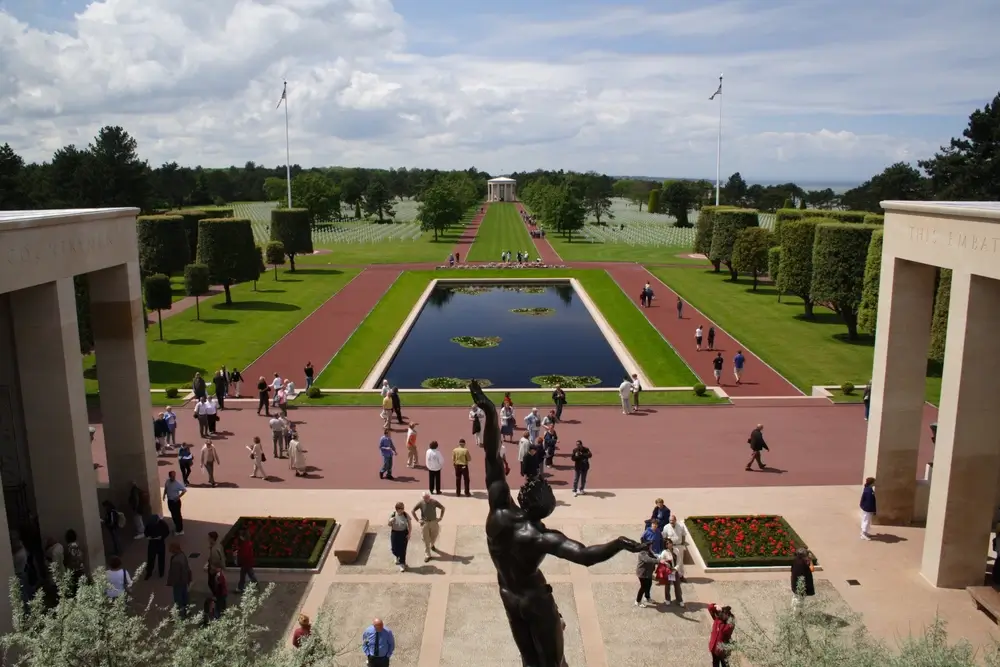 Discover museums and monuments while traveling
Discover museums and monuments while travelingWhen many think of traveling, they mostly think of museums and monuments because they seem boring. But then think that there is more to a place than cemeteries and memorials, yet they can give surprisingly good insights into the history of a place.
There are many cemeteries that have been around since centuries, and are the last resting grounds of influential people who helped build the area. Reading tombstones will give you the stories of past leaders, soldiers, artists and everyday people that helped develop the community.
Whether they are in memory of wars, significant events, or historical figures, memorials can also tell us something about the place’s values and struggles. The further you wander through these quiet spaces, the more you will feel reverence for the past and what connects you to the broader area narrative.
Pro Tip: Take a moment to learn about the symbolism on gravestones angels, crosses, and other symbols are often telltale signs of a story buried about the person laid to rest.
Observe the Architecture Around You
 Discover architecture
Discover architectureA living history book in architecture tells the story of the evolution of a place. It shows the cultural, economic and political influences of the time from the grand designs of palaces and churches to the everyday homes and buildings.
The historical periods that shaped a city’s skyline are revealed by different styles, like Baroque, Gothic or Art Deco. The materials used, modes of construction and actually the interior and exterior decorations of the buildings have a profound history attached to it.
A building’s design might convey a colonial past, or celebrate local craftsmanship. Architecture helps put the history you’ve learned into a physical context as you explore, and it makes everything feel that much more vivid.
Pro Tip: Look up at the buildings, but don’t just look up at the buildings, look down, too! Doorways and sidewalks in cobblestone streets each have a story to tell.
Immerse Yourself in Local Legends and Folklore
 Local Legends and Folklore
Local Legends and FolkloreThere are myths, legends, and folklore in every place that tell us what is at the heart of this culture. They are handed down from generation to generation, sometimes mixing fact with fiction. When you immerse in local tales, you not only get to know about the traditions of the area but also about the values, fears and dreams of the people of that area.
Whether it’s an old building which is haunted by a ghost story, or a mythical creature that haunts forests around, they assist in making the trip magical. These fascinating stories are out there, so look for storytelling events, festivals or even to chat with locals about them.
Pro Tip: Ask locals what their favorite myths or legends are, they may tell you about places that aren’t in the guide books, giving you a glimpse into the culture and history of the place.
Uncover History Through Traditional Cuisine
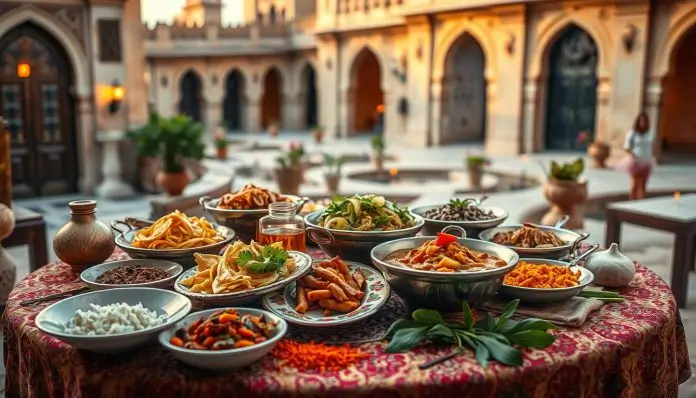 Traditional Cuisine
Traditional CuisineFood is not about what is on the plate but it is the window on the past. Most of the dishes from time to time passed down through generations tell the story of a place’s history, from what ingredients are used, to the way of preparation.
Local cuisine is influenced by trade routes from ancient times, royal patronage or survival during difficult times and has a blend of cultural influences. You not only taste the history of the region through the unique flavors of local dishes, but by eating local dishes, you’re also participating in the preservation of that history. Must check the local markets, family run restaurants or food festivals to dig into those culinary treasures. It will take you on a journey through time with every bite.
Pro Tip: When you’re ordering a dish, ask about its history. It’s a lovely way of finding out where it came from, and how it’s connected to the region’s heritage.
Leverage Technology for Historical Exploration
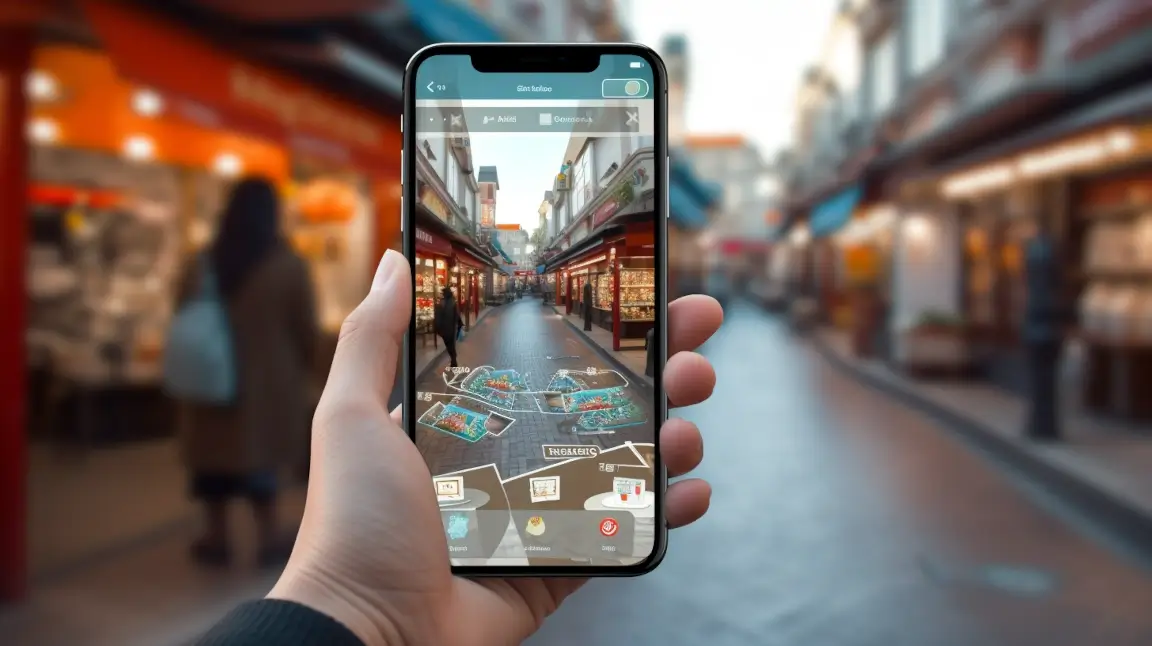 Augmented reality experiences
Augmented reality experiencesThe past is best viewed in person but technology is a useful tool in exploring history. Apps and augmented reality experiences are now common in many cities and landmarks that bring the past alive in new ways. With these tools, you can gain historical context, see how buildings once looked, or even visualize historical events right before your eyes.
You can also explore the changing face of a place through historical photos, maps, and documents, archived digitally and online. The best part of using technology with your travels is that it makes history easier to discover, it’s more interactive and even more immersive.
Pro Tip: Before your trip, download a historical app or try such tools, to help you preview the history you’ll see in person, so you can focus your visits to the most interesting sites.
Final Words: Make Every Journey a Lesson in History
Travelling with the history of a place uncovered is a much richer experience. Connecting with locals, visiting landmarks and using technology allows you to become part of the stories that made the world around you.
There is history in the streets, history in the food and history in the stories of the people who are living there. Remember that as you travel to the next one, some part of the past is waiting to be discovered in each corner.
If you’re ready for that, go ahead and explore the amazing hidden gems by digging deep into the history.

